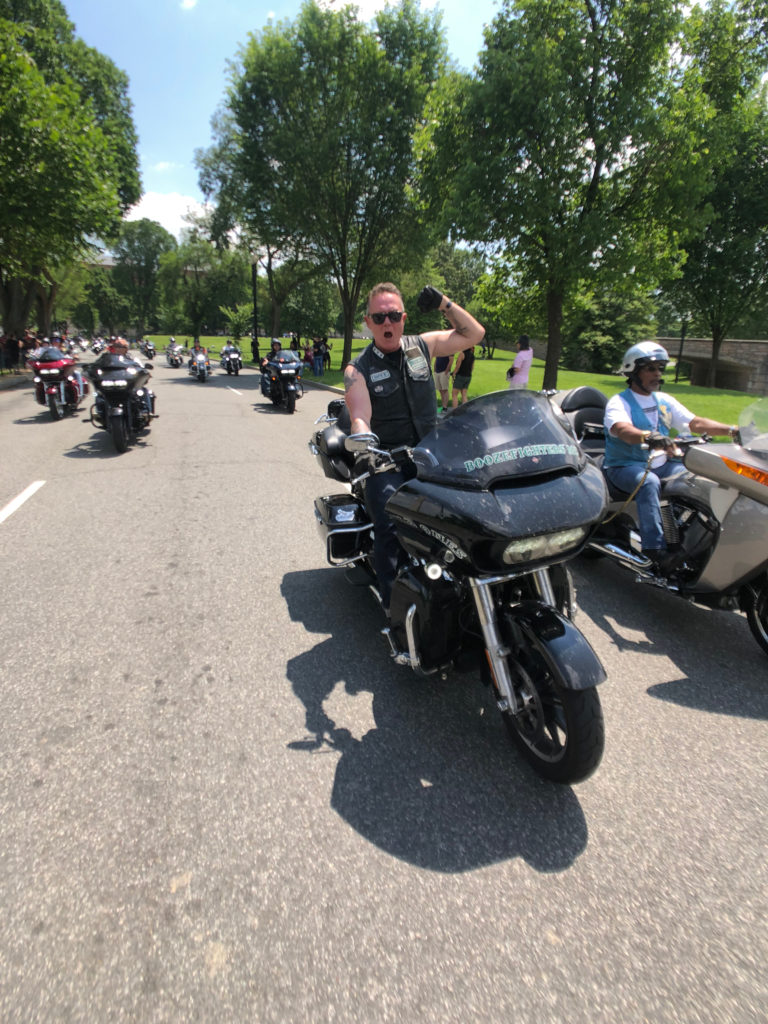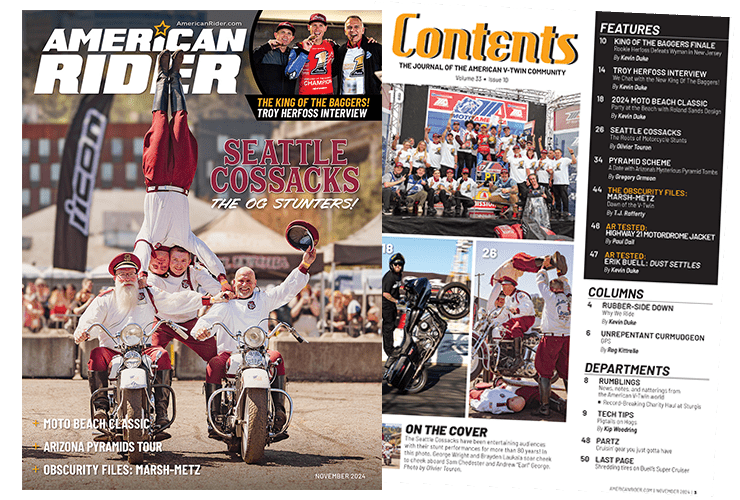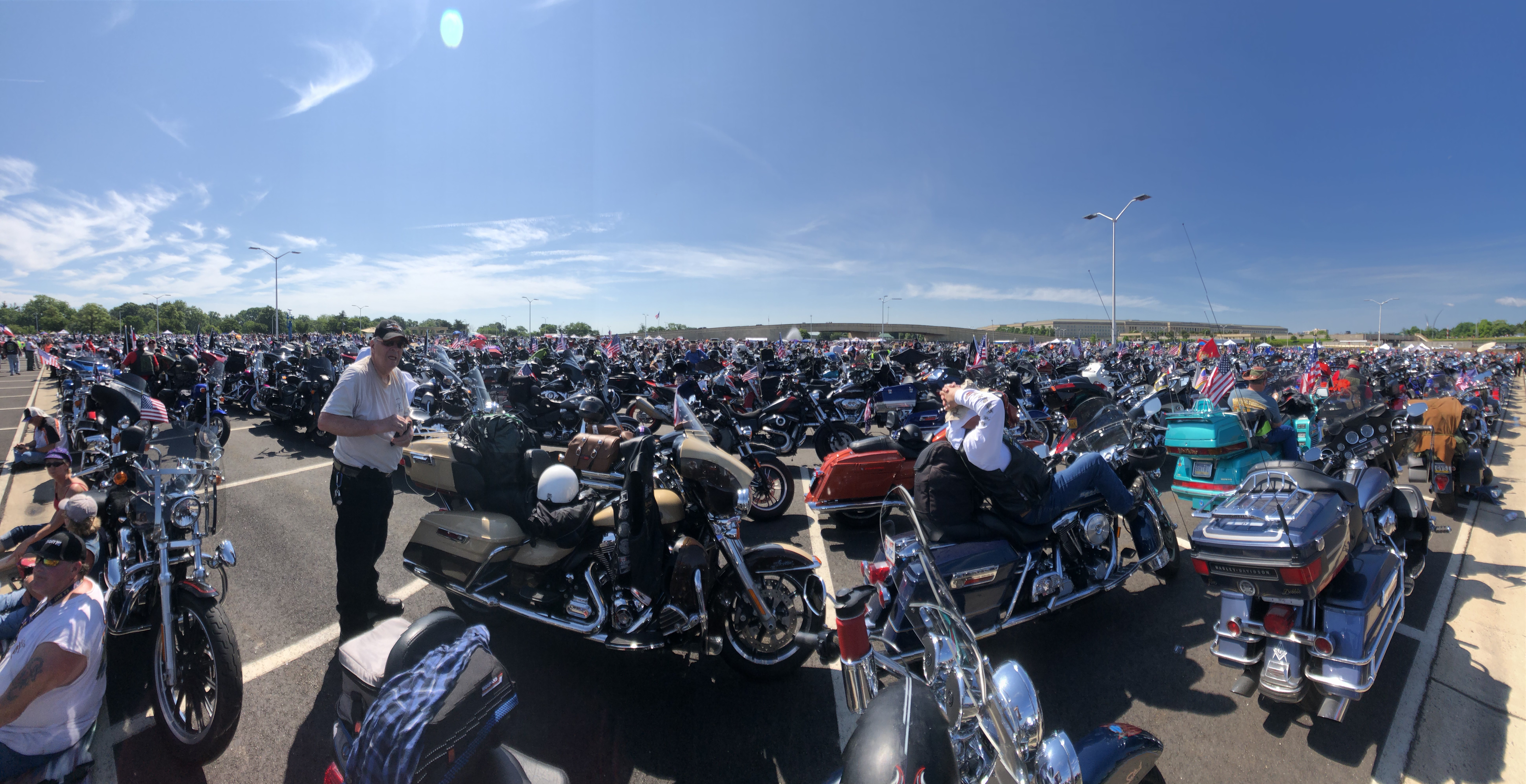
Famed Ride Honors Veterans for the Last Time in the Capital Before Going Nationwide
Words by Kali Kotoski
Photos by Jerami Johnson
Duty, honor, pride and patriotism with the indefatigable purpose to acknowledge the veterans who fought and died in our wars, the soldiers who went missing in action and the prisoners of war who never made it back to the shores of America. That is Rolling Thunder’s mission, and for 32 years bikers have descended on the nation’s capital in a show of power and solidarity to correct the past, hold the government accountable and educate the public about the soldiers left behind while protecting current and future veterans who risk their lives for our freedoms.
And despite this year’s massive “Ride for Freedom” being the last in Washington, D.C., some 1.5 million patriots came out to honor the cause, making it a truly unforgettable Memorial Day event.
The roots of Rolling Thunder date back to 1988, when U.S. Army veteran Artie Muller and fellow vet Ray Monzo organized the first ride. Over the decades, the event grew and enlisted the support not just from bikers, but from lawmakers, military brass and famous actors such as Robert Patrick who attended the final ride.

“The feeling you get supporting these issues is right here,” Muller told Patrick as he placed his hand over his heart, “and that is something.”
The demonstration included a candlelight vigil to the Vietnam Veterans Memorial, a harrowing wall with over 52,000 names of fallen soldiers engraved in the long black granite.
The ride through the National Mall, which started in the parking lot of the Pentagon and ended at the Lincoln Memorial, saw bikers wearing and showing their patriotism as onlookers gave their respects.
While logistical costs of such a huge demonstration have grown, as well as concerns over security by Pentagon officials, Muller has reportedly said while this is last event in Washington, the mission is not over, with local chapters spread across the nation organizing future rides.
May the mission endure and continue to educate the public about the over 82,000 Americans that remain missing from WWII, the Korean War, the Vietnam War, the Cold War and the more recent wars in Iraq and Afghanistan. Those soldiers will never be forgotten.


















